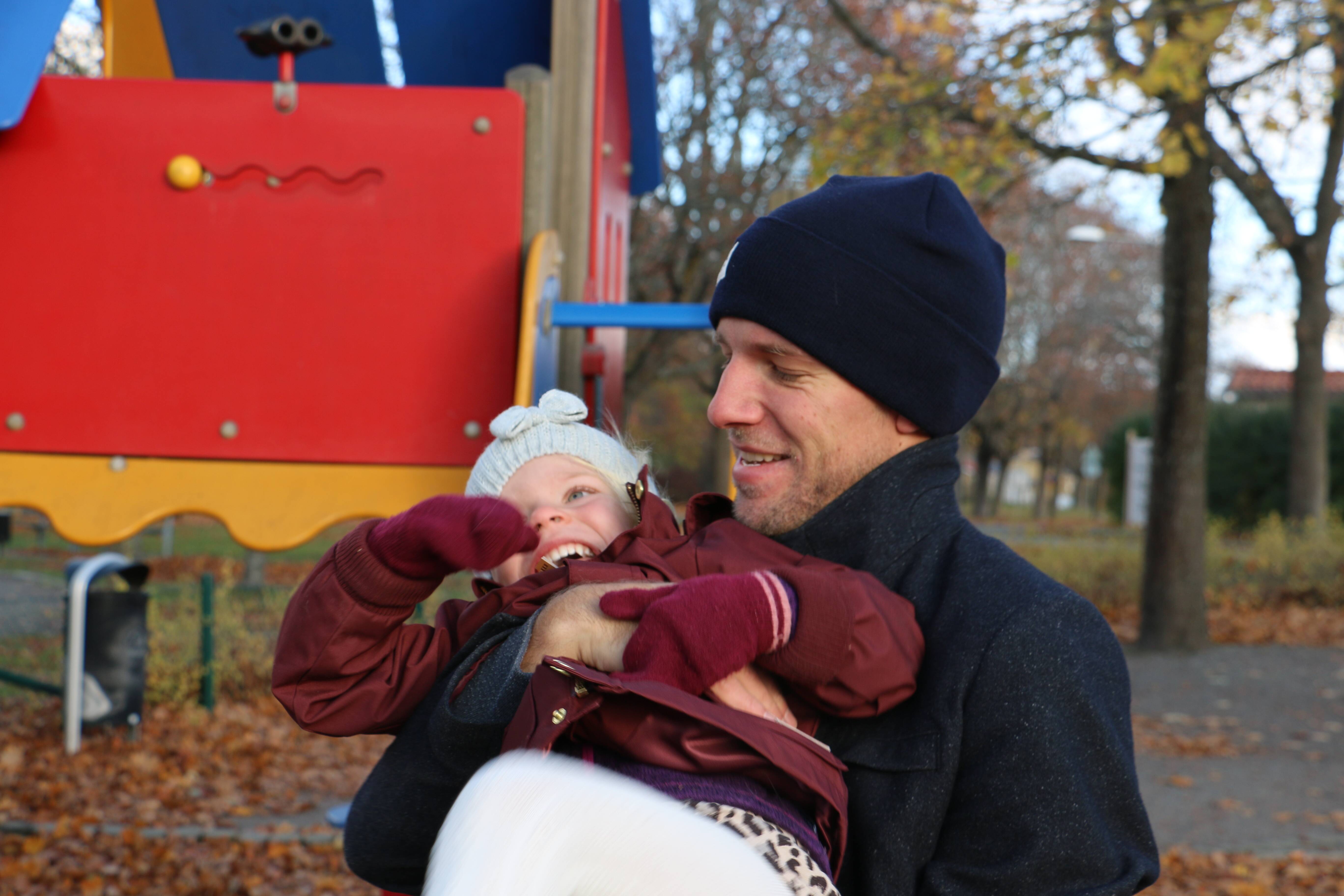New father Johan Tufvander talks about his paternity leave at BSH.
Bonding with a new baby in their first few months is a once-in-a-lifetime opportunity for every new parent. BSH believes that both parents should be able to spend these precious first few months with their child, and experience all of their firsts: first steps, first teeth, first words.
When it comes to parental leave, the focus is often on new mothers, but there are also concepts for both parents helping them to share their new parental responsibilities. New father Johan Tufvander is a great example of this. He works as an Online D2C (direct to consumer) Shop Manager in Sweden, recently took ten months of paternity leave to take care of his new daughter – Molly.
Sweden and parental leave
Sweden is already a special case, as it has one of the most generous parental leave policies in the world. This Nordic country offers an incredible 16 months or 480 days of parental leave at 80 percent of normal pay, which can be taken by either mothers or fathers any time before the child’s 8th birthday. 18 weeks are reserved for mothers, but what makes this policy special is its focus on ‘daddy days’ – 90 days, which are reserved exclusively for fathers. As such, it’s very normal for Swedish fathers to take paternity leave for five or six months. Furthermore, in a bid to further increase gender equality and share the parenting load between both parents, Sweden is planning to raise the legal requirement for fathers from 2 to 3 months, as the 90 days are voluntary offer so far.
Sharing the load
Before the birth of his daughter, Tufvander says that he knew he wanted to take his paternity leave, he just wasn’t sure about how long he should take off work. After discussions with his wife, it was decided that they should try to share their paternal leave so that Molly had one of her parents at home for almost the entirety of her first two years, after which time she would be guaranteed a place in childcare.
It was Tufvander’s supervisor, Maja Wikman Ulrich, who ultimately encouraged him to take the full ten months. She says “I definitely encouraged him,” and “for me as a supervisor, it’s much easier to find a replacement for nearly a year than it is to find one for two months.” She adds: “But it’s not only an operational advantage for the company since it’s easier to find replacement for a longer period, but also that persons having spent a lot of time with their babies very often come back even more efficient and energized. It’s a win-win for everyone – for the company, for the parents and for the child.”
So, Tufvander’s wife took the first year of leave, looking after baby Molly when she was an infant. She then returned to work and Johan took the next ten months off, to care for Molly, from December 2015 to August 2016. There was no overlap, but this allowed both Molly’s mother and father, to bond with her in their own way and in their own time.
“It was great to watch her grow up and spend this time with her, after all, this time doesn’t come around again,” says Tufvander Having seen how important paternity leave was for him, he is now encouraging all parents to take their leave as and when they can.
Back to work
Now that Molly has a place in childcare, both Tufvander and his wife are now back to working full-time. Going back to work after ten months spent at home changing diapers, heating up baby food and listening to baby babble can often be challenging, but Johan says that his return to work was relatively easy. He credits this to the fact that he was able to keep in contact with his colleagues for the whole ten months he was at home. Then, two months before he was set to return to work he stepped up the communication with his team so that he was up to date with everything and could just slot back into his daily work routine. He can just sum up: “If you have the chance, you should definitely do it.”





